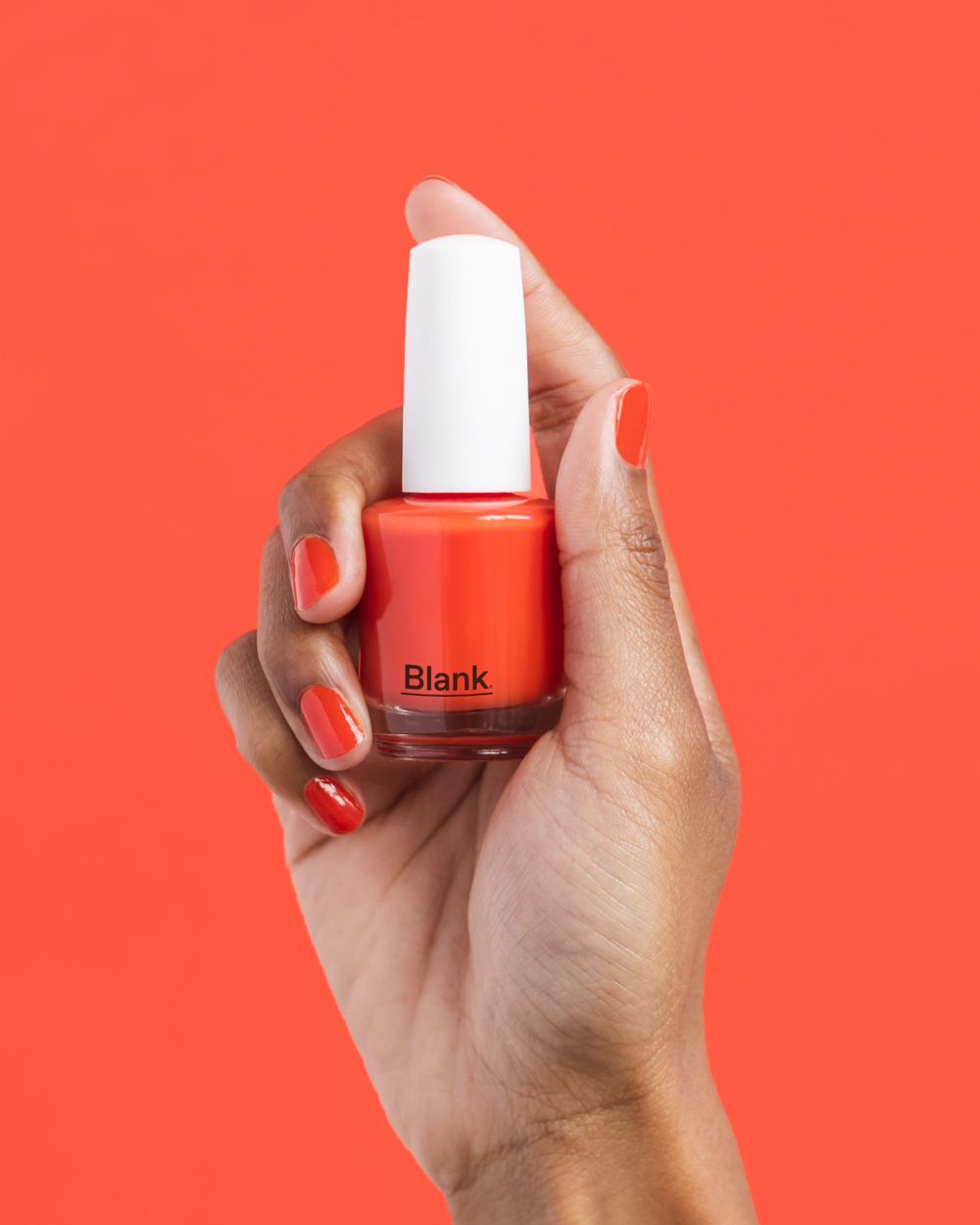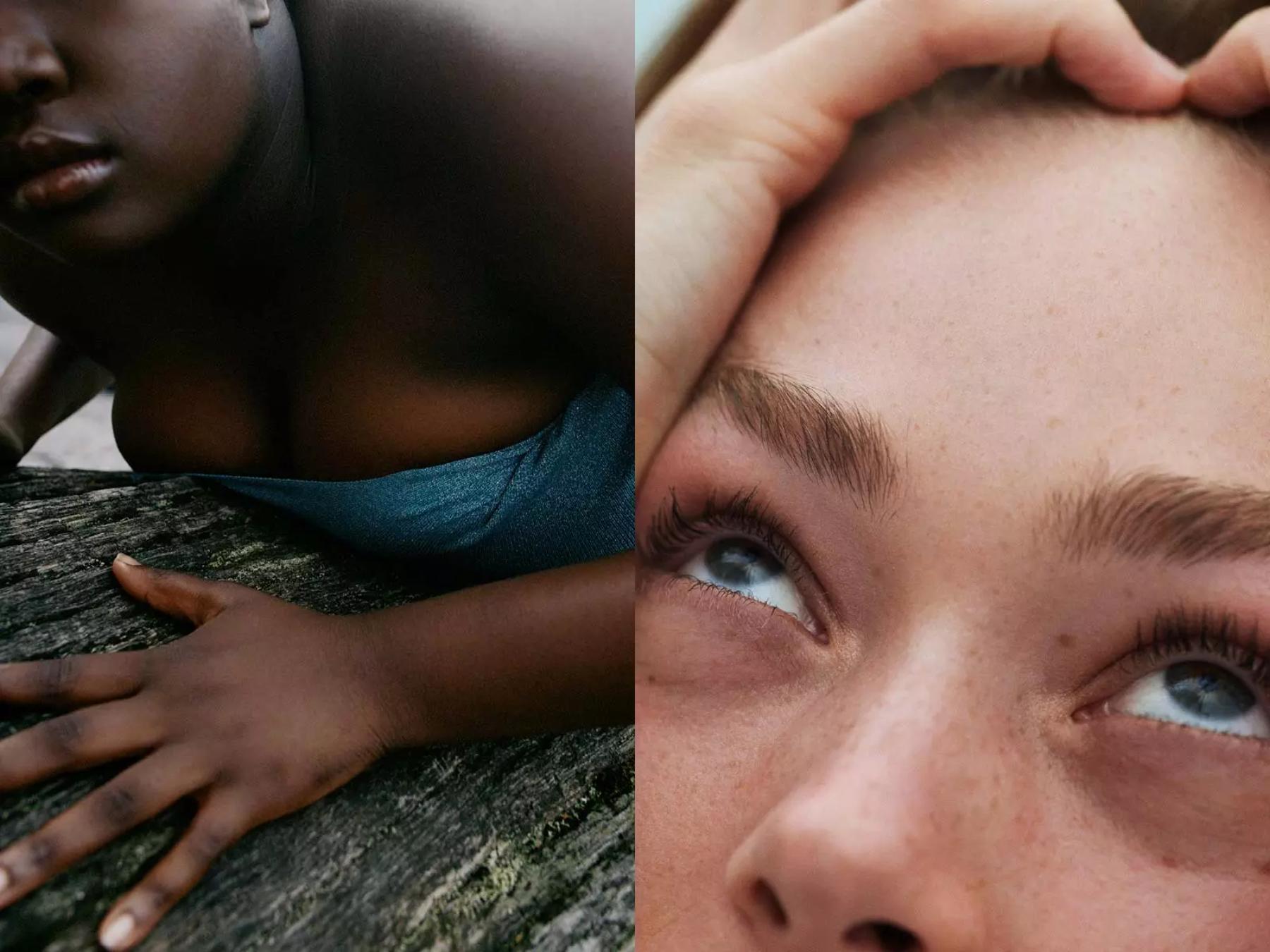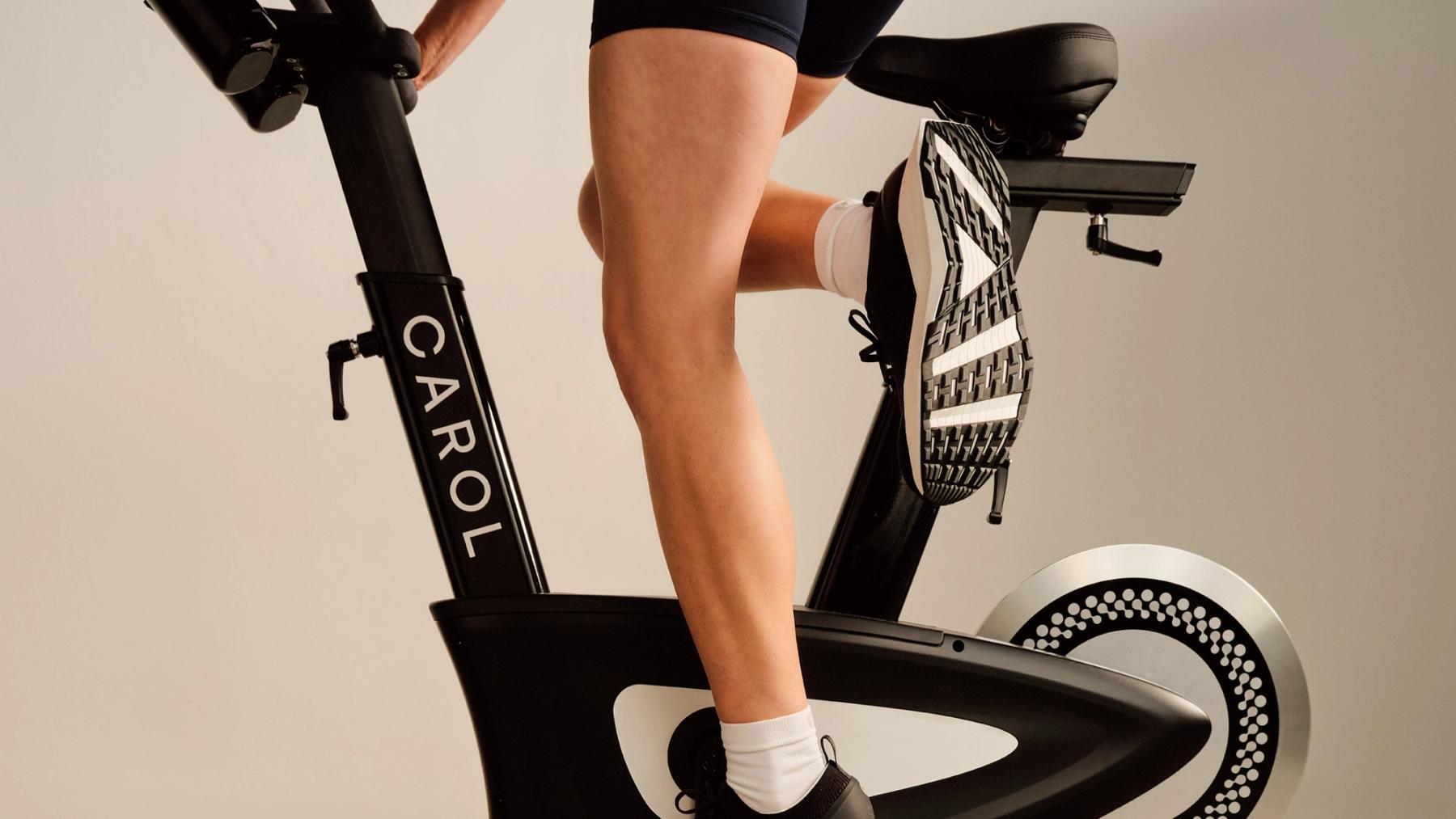If you ever aimlessly scroll TikTok, you might have stumbled across a 1958 video from the British Pathé archive. Currently standing at nearly 5m views, the two-minute-long clip shows a woman mixing face powder by hand, blending pink, lavender and blue to get a perfect colour match for her customer.
British Pathé describes the film as showing “1950s innovations in cosmetics”, but it’s striking to note that in the 70 years since then, there’s been almost no other innovation in the beauty world. As Blank Beauty founder Charles Brandon puts it: “The makeup and cosmetics market is buzzing, but it doesn’t make sense to me; cars are driving themselves, but most cosmetics haven’t changed in 50 years. Your mother’s nail varnish is probably the same as yours.”
Blank Beauty plans to revolutionise the sluggish cosmetics industry with its tech offering. In many ways, they’re returning to that 1950s beauty department by creating hyper-personalised products that are mixed in front of you – although with one major difference: it’s a vending machine-sized robot that’s doing it. All you need is a swatch and five minutes, and Blank Beauty’s in-store microfactory – on its way to stores in the US and UK – can perfectly colour match and fill a bottle of varnish for you. You can also upload images to the Blank website, and have the colour-matched polish posted straight to you.
“The makeup and cosmetics market is buzzing, but it doesn’t make sense to me; cars are driving themselves, but most cosmetics haven’t changed in 50 years.”
Charles Brandon - Founder, Blank Beauty


But let’s rewind for a second to Blank’s origin story, which begins in 2016 in an aisle in Walmart in the middle of America. Brandon was working at a shaved ice stand – “I’ve been mixing colours and fluids for awhile,” he jokes – but was very aware of the entrepreneurial atmosphere of the time. Startups such as Airbnb and Uber were booming, alongside celebrity-led makeup brands by the likes of Kylie Jenner and Jeffree Star. “You could rent your apartment to someone via an app, and then in the beauty world you had: ‘We’re launching a different colour of pink, with someone’s name on it’,” he says. “It was confusing that there was so little innovation.”
Brandon found himself in front of the store’s custom paint-mixing machine, located a few aisles over from the beauty section, and wondering why the same thing didn’t exist for makeup. “So I purchased all of the cosmetics I could get my hands on,” he remembers.
When he says ‘all’, he’s not joking. Brandon still has the foot-long receipt from that day, with its long list of varnish, balm, gloss, lipstick, foundation, blusher, powder, and pretty much every kind of cosmetic you can think of. He took a forensic approach to the task, noting down every single product’s ingredient list in an Excel spreadsheet and discovering that the main difference between brands and colours was little more than a few drops of pigment.
“Customers have to learn how to use your technology, and we had to understand what their needs and wants are and adjust for any kind of use.”
Brandon theorised that if you could mix cosmetics by hand you could build a machine to do the same thing, and spent the next five years developing the technology and then raising capital to get the company off the ground. “It’s almost like the company started up twice,” he tells AUFI. “The first bit for us was that the technology has to work. For a machine to be accurate, the software has to work, and if I give you a nail varnish it can’t be a £1 special – it has to be good, or else customers won’t come back. So we had to solve for the chemistry, the software and the hardware. Then customers have to learn how to use your technology, and we had to understand what their needs and wants are and adjust for any kind of use.”
“We have to remember to take the perspective of a tech company, internally,” says Kelsey Schumacher, Product Manager at Blank. “Yes, we’re a beauty company, but we’re also a tech company and a platform. I think people from the outside, looking in, see a nail polish company, and they’re very used to that beauty aisle that Charles described where it’s about seasonal collections. But we’re really disrupting and recreating the experience that they’ll have with beauty in a more liberating way.
“It’s awesome to watch a robot now create that experience, and the vision is going into the store and experiencing that moment. Imagine you want the pink of the dress you’re going to wear at your best friend’s wedding? We can make that for you right now.”



In actual fact, many heritage beauty brands started off with more personalised products, but ended up moving into mass production as the business grew. As Schumacher points out, the human experience has been “yanked out” of many cosmetics companies, with the focus purely on pre-made products that offer little in the way of customisation. Conversation in recent years has also rightly turned towards a general lack of consideration for different skin types and tones – something Blank has plans to address.
Branding plays a huge role in bringing all of the above to market, of course, and Blank has partnered with Ico Design – introduced by AUFI – to translate their tech into a consumer-facing business. Brandon describes it as “not a voice, but a stage in which our customers can grab the mic”.
“We want to bring people to the site already excited and knowing what to create,” explains Schumacher. “We do have people drop off because they find it overwhelming, and can’t think of anything – or they have too many ideas. We want to equip them with a language of visuals that inspire the user experience.
“We’re not going to tell people what to put on their nails, we’re just going to give them the best possible experience as the creator,” she adds. “I think that’s a really powerful message, but right now we’re just making sure we put that message out in the right way – that’s not overeducating or overwhelming, but inviting and exciting for anybody.
Putting time into their creative strategy and visual identity is also helping Blank build relationships with investors across the worlds of software, hardware and brand. Brandon explains: “Branding has allowed us to bridge the gap – because the beauty people may not understand the tech, and the tech people may not understand the beauty. Cohesive branding and good storytelling is what’s helping us bridge that gap, and raise capital and create commercial partnerships.


“If we brought our original table-top robot to a retailer, they’d be like, ‘Cool, let us know when it looks better’. Now we’ve got a brand around it, it’s understandable that customers can purchase from us, repeat purchase, and start using Blank in more stores around the country. If we were just a tool-maker we could never make a huge splash and we’d be forced to co-brand with other folks to get any momentum.
“If you look at it from an economics standpoint, having a good brand means you can capture more value from your customers,” he continues. “I don’t think we would ever have been approached on just a technology basis. If folks saw our machines and were like, ‘oh it makes the right nail colour or the right foundation’, we’d be solely viewed as a hardware company.
“That opportunity is so much less than a branded platform … at the end of the day, a customer doesn’t walk away with our machine or our software in their pocket. They don’t walk away with the chemistry. They walk away with a beautifully branded product called Blank.”



